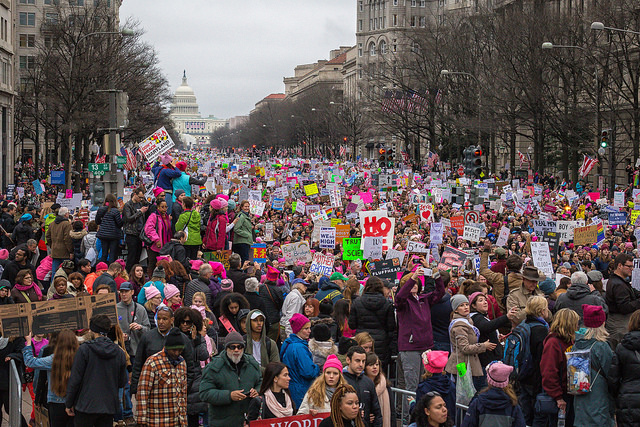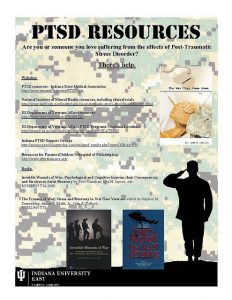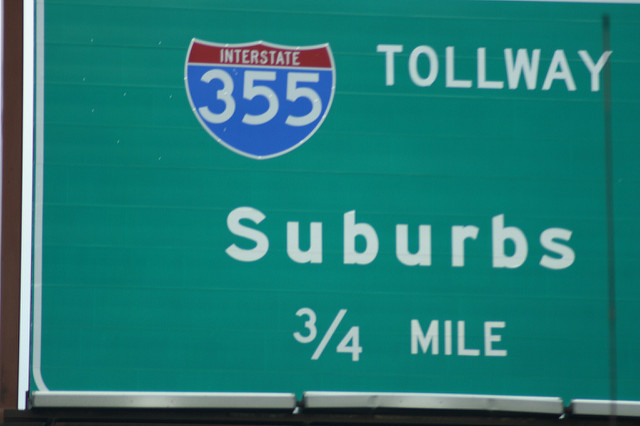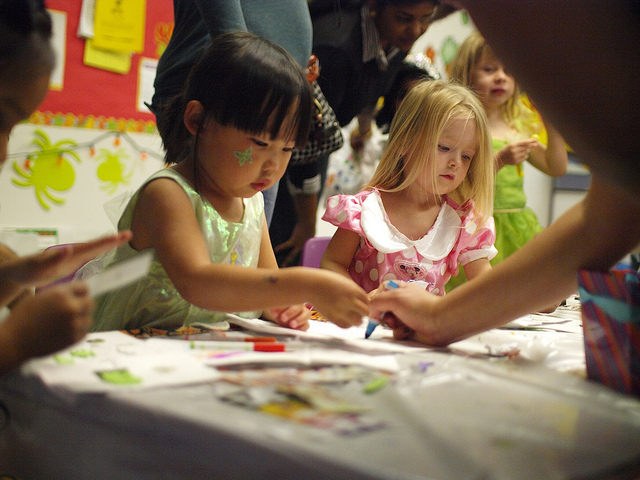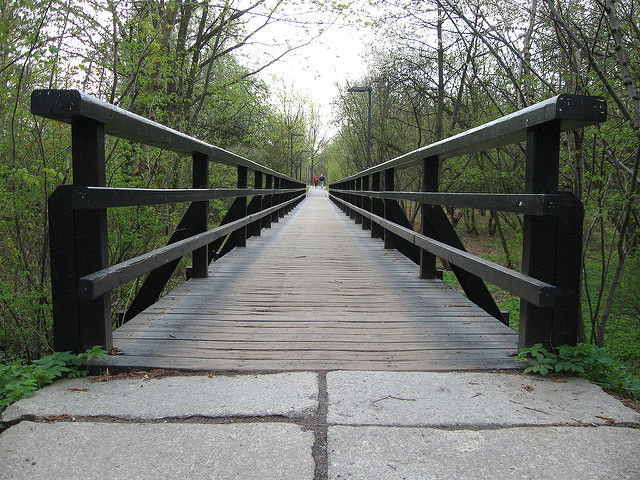
President FDR may have been onto something when he talked about the dangers of fear itself, and he wasn’t the only president to be aware of its effect, either. A recent article in TIME describes the fear that President Trump has spread as a means to justify his political actions. From Trump’s claims of Christians being executed in large numbers in the Middle East, to his assertions that illegal immigrants bring drugs and crime, and even wildly speculating that the murder rate is the highest it’s been in 47 years, Trump and his administration have used fear to galvanize supporters and threaten his critics.
By no means is Trump the first president to use this approach. President Bush used fear as a tool to deploy troops for the war on terrorism, and Clinton capitalized on myths about black delinquents to push his crime bills. In fact, Nixon once uttered the famous lines, “People react to fear, not love.” However, Barry Glassner, sociologist and author of The Culture of Fear, claims that Trump is the best he has ever seen at using fear, saying.
“[Trump’s] created an entire climate of fear through this constant social media work that then creates a feedback loop. He tweets. The media writes about it. Cable TV has a panel that takes it seriously … His formula is very clean and uncomplicated: Be very, very afraid. And I am the cure.”


